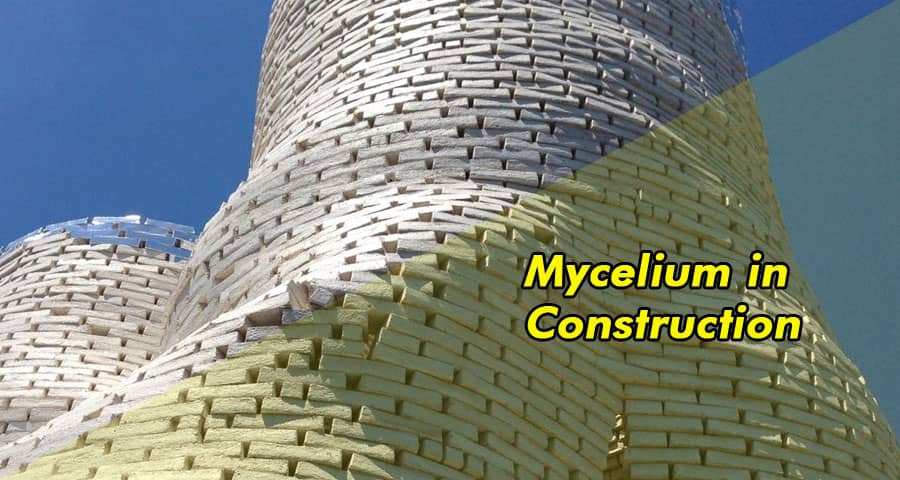The Future of Construction: Mycelium in Construction

In recent years, mycelium has emerged as a revolutionary material in the field of construction. This naturally occurring substance, derived from fungi, presents a sustainable and versatile alternative to traditional building materials. As we delve into the intricacies of mycelium in construction, we uncover its immense potential to reshape the industry landscape, offering solutions that are not only environmentally friendly but also economically viable.
Understanding Mycelium
Mycelium, often referred to as the "root structure" of fungi, is a network of fine, thread-like fibers known as hyphae. These fibers intertwine to form a dense and resilient matrix, capable of providing structural support. Harnessing the power of mycelium involves cultivating these fungal networks under controlled conditions, allowing them to grow and bind together various organic substrates.
Advantages of Mycelium in Construction
- Sustainability: One of the most significant advantages of using mycelium in construction is its eco-friendliness. Unlike conventional building materials such as concrete or steel, mycelium is biodegradable and renewable. It can be grown using organic waste products, such as agricultural residue or sawdust, reducing reliance on non-renewable resources and minimizing environmental impact.
- Versatility: Mycelium-based materials offer unparalleled versatility in construction applications. From insulation panels to structural components, mycelium can be molded into various shapes and sizes, adapting to diverse architectural designs and requirements. Its lightweight nature makes it particularly suitable for prefabricated construction methods, enhancing efficiency and reducing construction time.
- Strength and Durability: Despite its lightweight composition, mycelium possesses remarkable strength and durability. The intricate network of mycelial fibers forms a cohesive structure that can withstand considerable pressure and impact. Studies have shown that mycelium composites exhibit comparable strength to traditional building materials, making them suitable for a wide range of construction projects.
- Thermal and Acoustic Properties: Another notable advantage of mycelium in construction is its excellent thermal and acoustic insulation properties. The porous structure of mycelium materials effectively traps air, providing insulation against heat transfer and sound transmission. This inherent capability enhances indoor comfort and energy efficiency, contributing to sustainable building practices.
Applications of Mycelium in Construction
- Building Envelopes: Mycelium-based materials are increasingly being used in building envelopes, including walls, roofs, and facades. These materials offer superior insulation and moisture resistance, creating a comfortable and energy-efficient indoor environment. Moreover, mycelium can be combined with other sustainable elements, such as hemp or bamboo fibers, to further enhance performance and durability.
- Structural Components: In addition to insulation, mycelium can serve as a viable alternative for structural components in construction. By incorporating mycelium composites into beams, columns, and panels, builders can achieve lightweight yet robust structures that meet safety and regulatory standards. This innovative approach to structural design opens up new possibilities for sustainable architecture and engineering.
- Interior Finishes: Beyond structural elements, mycelium offers creative solutions for interior finishes and furnishings. From decorative panels to furniture pieces, mycelium products add a unique aesthetic appeal to interior spaces while promoting sustainability. These customizable options allow architects and designers to unleash their creativity and craft truly distinctive environments.
Conclusion
In conclusion, mycelium holds immense promise as a sustainable and versatile material for construction. Its eco-friendly properties, coupled with its strength and durability, make it a compelling choice for builders and architects seeking innovative solutions. As awareness of environmental issues continues to grow, mycelium is poised to play a pivotal role in shaping the future of construction, paving the way for greener and more resilient built environments.
